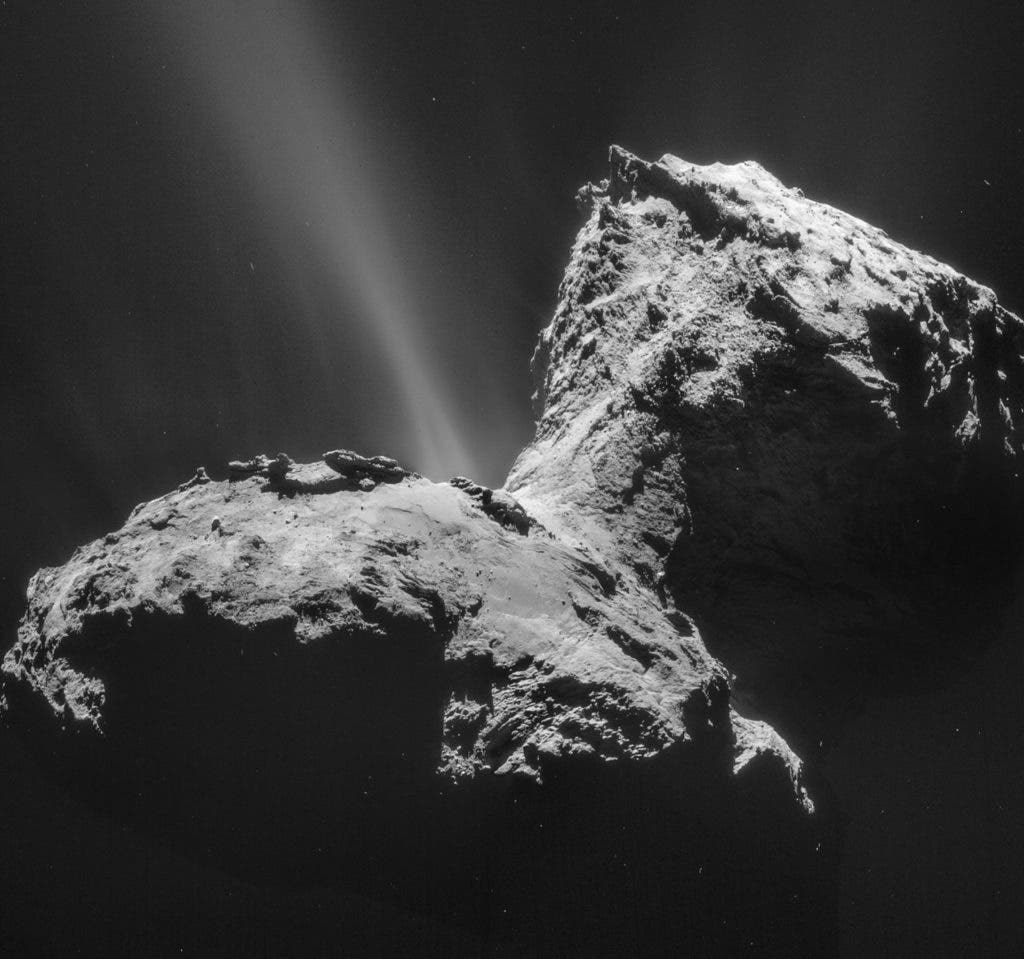Phosphates, essential ingredients for DNA-based life forms, may have originated from space, according to a new study that recreated the formation of the molecules in a laboratory setting. The life-seeding phosphates would have then made their way to Earth through asteroids and comets that impacted the planet billions of years ago.

Without phosphates and diphosporic acid, living things wouldn’t be able to synthesize DNA. They are the main components of chromosomes, thread-like structures in which the DNA is packaged. Phosphorus is also part of adenosine triphosphate (ATP), which stores energy in the cell and powers cellular processes. Bones and teeth are also made up of phosphorus.
A long-standing debate among scientists is whether these chemical compounds were forged on Earth or someplace else in the universe, hitching a ride on cosmic bodies that collided with our planet.
Although the debate sounds impossible to solve, researchers at the University of Hawaii at Manatoa have now offered compelling evidence that phosphates can be generated in space.
For their experiment, the researchers worked with the chemical phosphine, which is derived from phosphorus and can be found in the atmospheres of planets such as Jupiter or Saturn, but also those of comets such as the famous 67P/Churyumov-Gerasimenko, explored by the Rosetta spacecraft in 2016.
First, the team recreated icy grains — the kind typically found in interstellar space — in a vacuum chamber where the temperature sat just 5 degrees Kelvin above absolute zero (-450°F/-267.7°C). Then, they added water, carbon dioxide and — very carefully because it is highly toxic — phosphine. Finally, the researchers fired ionized radiation — the kind found in cosmic rays — at this, triggering chemical reactions that formed phosphoric acid and diphosphoric acid.
“On Earth, phosphine is lethal to living beings,” said Andrew Turner, lead author of the study in Nature Communications, in a statement. “But in the interstellar medium, an exotic phosphine chemistry can promote rare chemical reaction pathways to initiate the formation of biorelevant molecules such as oxoacids of phosphorus, which eventually might spark the molecular evolution of life as we know it.
In deep space, it’s reasonable to assume such nanoparticles became embedded in large objects like asteroids and comets, which would have eventually made their way to Earth.
“Since comets contain at least partially the remnants of the material of the protoplanetary disk that formed our solar system, these compounds might be traced back to the interstellar medium wherever sufficient phosphine in interstellar ices is available,” said Cornelia Meinert of the University of Nice.
The findings appeared in the journal Nature Communications.






